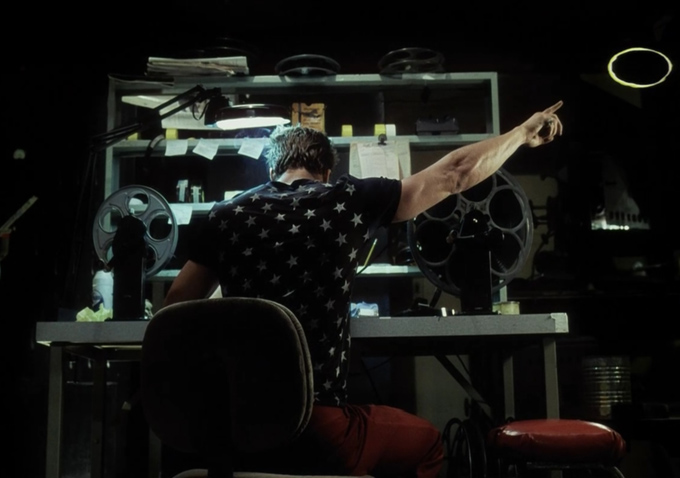 For a writer, punctuation is not just a tool —it’s an essence of creation. It’s a way to get your point across LOUDLY by using capitalization and adding an exclamation point, or mysteriously and inquisitively with a question mark. My favorite grammatical symbol is the long-forgotten interrobang, which is a combination of both. Using these symbols and guidelines in the written word have been embedded into our culture, starting off with simple periods and commas and extending all the way up until the ever-present hashtag (formerly the pound sign or number sign). In Kathryn Schulz’s 2014 Vulture article, "The Five Best Punctuation Marks in Literature,” she discusses the importance of ellipses and parentheses in such brilliant literature as T.S. Eliot and Vladimir Nabokov.
For a writer, punctuation is not just a tool —it’s an essence of creation. It’s a way to get your point across LOUDLY by using capitalization and adding an exclamation point, or mysteriously and inquisitively with a question mark. My favorite grammatical symbol is the long-forgotten interrobang, which is a combination of both. Using these symbols and guidelines in the written word have been embedded into our culture, starting off with simple periods and commas and extending all the way up until the ever-present hashtag (formerly the pound sign or number sign). In Kathryn Schulz’s 2014 Vulture article, "The Five Best Punctuation Marks in Literature,” she discusses the importance of ellipses and parentheses in such brilliant literature as T.S. Eliot and Vladimir Nabokov.
Inspired by Schulz’s article, cinephile Max Tohline put together this terrific video essay exploring and comparing the use of such punctuation marks in film. In cinema, while there is a screenplay behind every picture, punctuation isn’t necessarily thought of as a useful or prominent tool. But as Tohline explains, the use of characterization, breaks, links, cuts and shots can foster a better understanding of exactly what the director and screenwriter are trying to portray.
Featuring snippets from over one hundred films, Tohline cites essential examples of paramount editing. “Europa 51”’s freeze-frame as a symbol for death, the long takes in Yasujiro Ozu’s masterpiece “Late Spring” as ellipses, and films such as “All That Jazz,” “Jaws,” “Guys and Dolls,” and “The Searchers” all bring these one-dimensional symbols to life. That being said, we’re left with the notion that there is so much more to explore in the language of cinema.
Let us know what you think of this stunning essay in the comments below. [via Live For Films]

